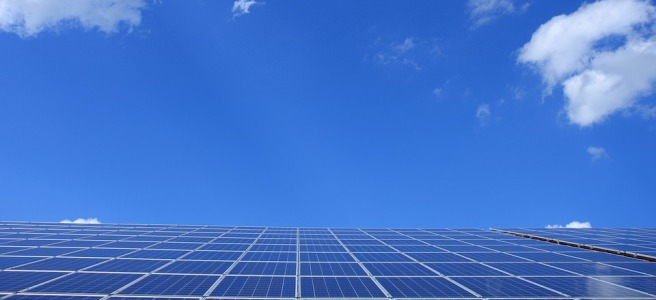As wearable technology becomes smarter, faster and more connected, it offers exciting new applications in the healthcare industry. According to a report by Gartner, the wearable electronic devices market will grow to $50 billion by 2021. While used in many industries, however, it’s making a particularly strong impact in this one more than others.
Sleep Monitoring
Fitbit, maker of popular fitness tracking wrist wearables, recently announced plans to develop a wearable sleep monitoring device. Known as the Ionic smartwatch, it gathers data on the individual’s sleep patterns to better diagnose sleep apnea. Statistics show that more than 18 million people in the United States suffer from sleep apnea. Characterized by spontaneous, temporary moments during which an individual stops breathing while sleeping, Fitbit says its upcoming Ionic smartwatch could help doctors provide customized treatment solutions for patents.
Automatic Insulin Injectors
In 2016, the U.S. Food and Drug Administration (FDA) approved the world’s first automatic insulin-injection device, the Medtronic MiniMed 670G. Intended for use by people with type 1 diabetes, it simplifies the otherwise tedious process of taking insulin shots. When worn, the MiniMed 670G monitors the individual’s glucose, and when necessary, injects the appropriate amount of insulin into the body via a catheter.
Patient Monitoring Devices
Wearable technology has also revolutionized the way in which healthcare workers monitor patients’ vitals. In hospitals, nurses typically check on patients every four to eight hours to obtain blood pressure, pulse rate, respiration rate and temperature. This time-consuming and laborious task, however, is now being simplified thanks to patient monitoring devices. These devices automatically collect vitals on patients, sending that data to a nurse or healthcare worker.
Things to Consider When Choosing Wearable Medical Devices
Not all wearable medical devices are the same, and it’s important for doctors and healthcare workers to choose the right type. Comfort and ease of use plays a key role in whether a patient will actually wear a medical device. If it’s bulky and cumbersome, the patient may remove it. Some manufacturers have acknowledged this issue by developing thin patch-like devices that are worn directly on the skin and under the patient’s clothing.
Data security should also be considered when choosing wearable medical devices. In the United States, doctors must comply with the Health Insurance Portability and Accountability Act (HIPAA), which requires the implementation of certain security measures to protect patients’ data.
Wearable electronics open the doors to new opportunities for doctors and patients alike. With the technology continuing to evolve, who know what type devices will be available in the near future.
Visit AdamBellefontaine.net for more!


